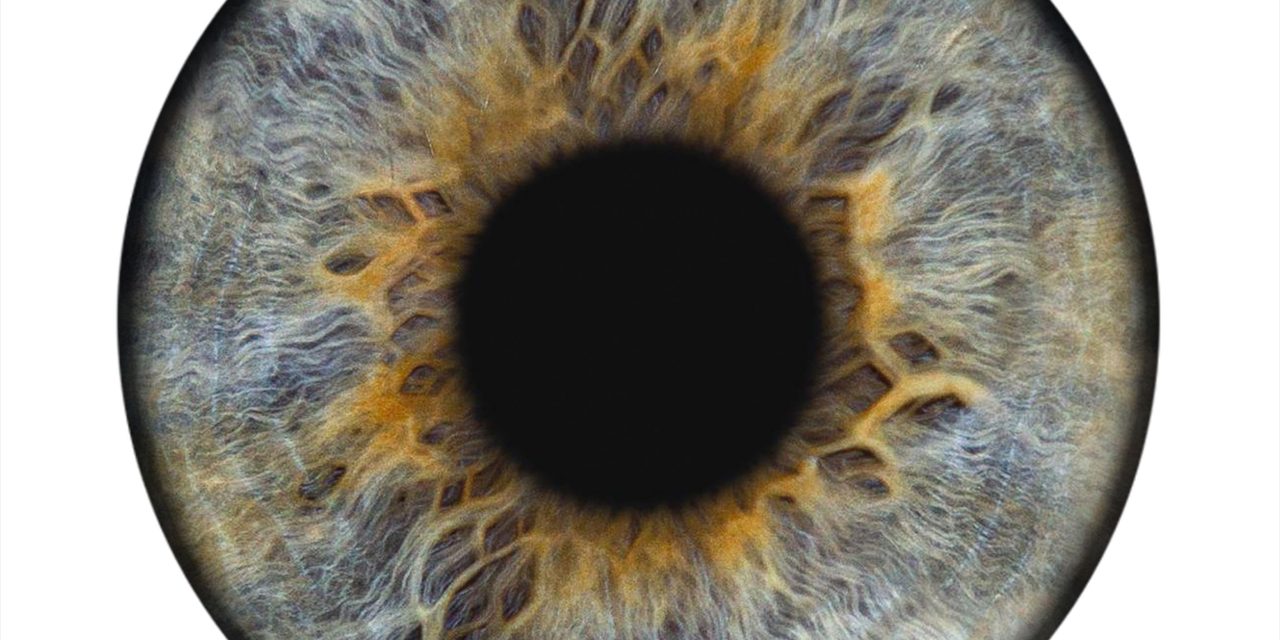To evaluate the safety, reliability and efficacy of telemedicine in delivering tertiary sub-specialty glaucoma care (herein referred to as teleglaucoma) to the Veteran patient population.
Prospective case series.
20 patients being referred for glaucoma sub-specialist opinion participated in the pilot safety study. 118 patients participated in the secondary study of the acceptability and service efficacy of teleglaucoma.
In the pilot study, safety was assessed by determining inter-observer and intra-observer consistency (Krippendorff’s alpha- α). This compared an in-person assessment by a glaucoma sub-specialist with the remote assessment of two other glaucoma sub-specialist (electronic health record alone reviewed). In the secondary study, teleglaucoma was implemented whereby testing and eye examination was carried out remotely by an optometrist or comprehensive ophthalmologist, and the clinical decision made by the glaucoma sub-specialist on review of the electronic health record alone.
1. Pilot study; inter-observer and intra-observer consistency in making a diagnosis and treatment plan (acceptable = >0.80 Krippendorff’s alpha). 2. Secondary study; patient satisfaction measured by survey, wait time for teleglaucoma opinion versus wait time for in-person opinion, time spent on teleglaucoma consultations.
Inter-observer and intra-observer consistency showed α 0.86 and 0.92 for diagnosis, and 0.86 and 0.85 respectively for treatment plan. In the secondary study, patient satisfaction was 4.55/5.00 (score 5 = maximal satisfaction) (range 3.28 – 4.93). Improved consult lead time was demonstrated, with the median time for a doctor to respond to an electronic consult being 3 days, versus 43 days for an in-person visit. Teleglaucoma also demonstrated positive benefits to the healthcare system by reducing the time doctors spent reviewing each case (history, exam findings, imaging results, visual fields) (teleglaucoma consult; 19 minutes versus in-person evaluation; 31 minutes).
Decisions regarding diagnoses and treatment plans between in-person consultation and the teleglaucoma program showed high reliability. Patient satisfaction was high. Additional benefits were observed in wait time for sub-specialty glaucoma opinion, efficient allocation of the doctor’s time, and fiscal benefit to the healthcare system.
Copyright © 2021. Published by Elsevier Inc.
Teleglaucoma Initiative at a Veterans Affairs Hospital: Pilot Safety Data and Early Experience.


